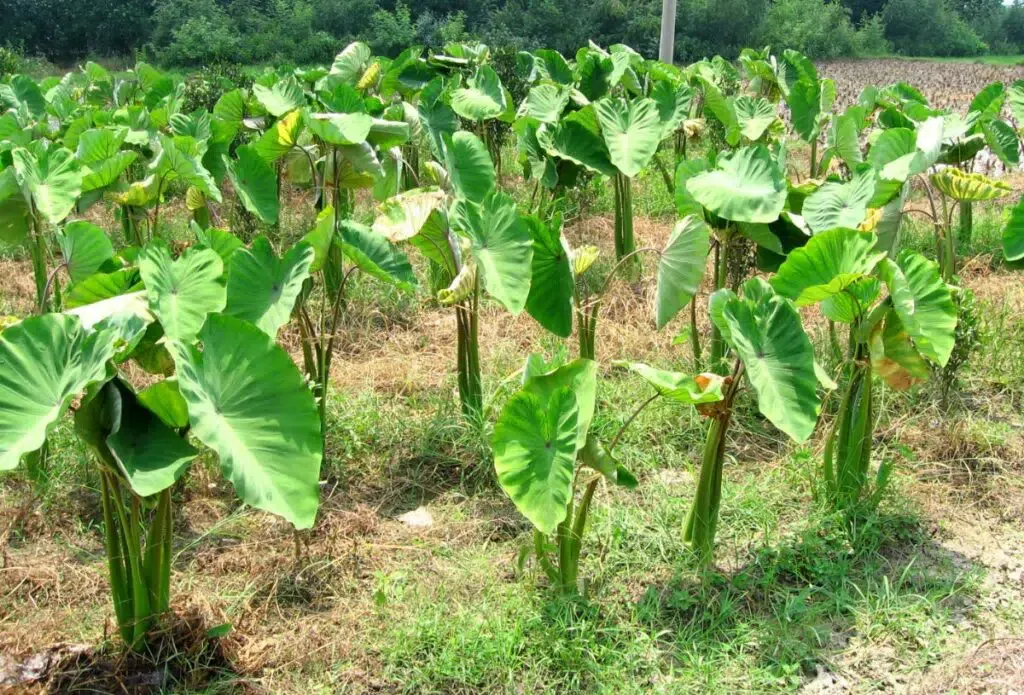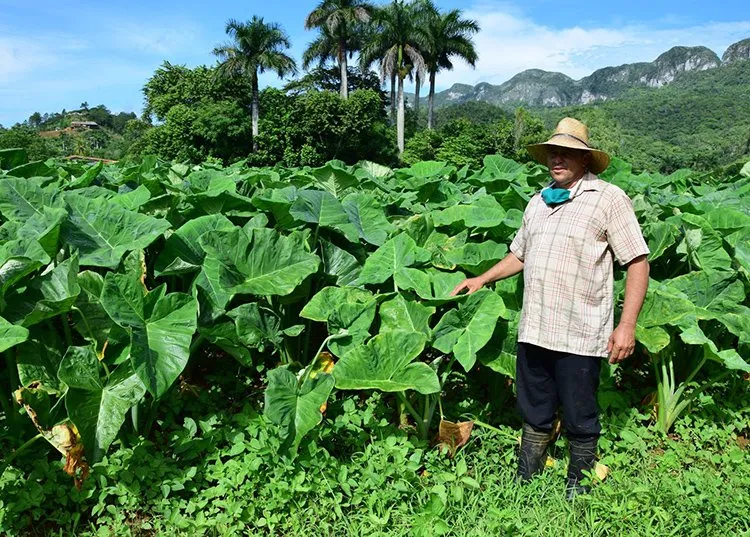Studies carried out on the cultivation of ocumo have determined that this important crop is experiencing a significant drop in production, due to the fact that the production systems used consist of the use of unsuitable land and where agronomic work is not carried out.



▶ One of the aspects that has not been considered by producers is planting density, an important factor in the yield and quality of the crop, since planting density not only influences the number of tubers but also their distribution in the different calibers, i.e. the higher the planting density, the higher the yield in small caliber tubers.

▶ Credits: guerrillero. – [Image of Public Domain]
≕ I invite you to stay tuned and read my next contribution ≔
It is difficult to fix a planting density since the level of competition and the number of stems per plant can vary from one year to another, according to data reported in the special report on achievements in tropical areas.
These data show that the optimum planting density in the ocumo crop is between 0.6 m between plants and 0.6 m between rows, which guarantees a production of about 30.1 t/ha and an average of 1.30 kg/plant.
Some authors maintain that the adequate planting density for tropical soil and climate conditions varies between 17,857 plants/ha (0.80 m x 0.70 m) and 25,000 plants/ha (0.80 m x 0.50 m), while Montaldo (1991), maintains that the best planting densities for ocumo are 1 m x 1 m and 0.80 m x 1 m.

For this reason, and knowing the differences in data provided by previous research, the present post sought to determine the effect of three planting densities on the production of Chinese ocumo under tropical climatic conditions.
NOTE: Reference material.